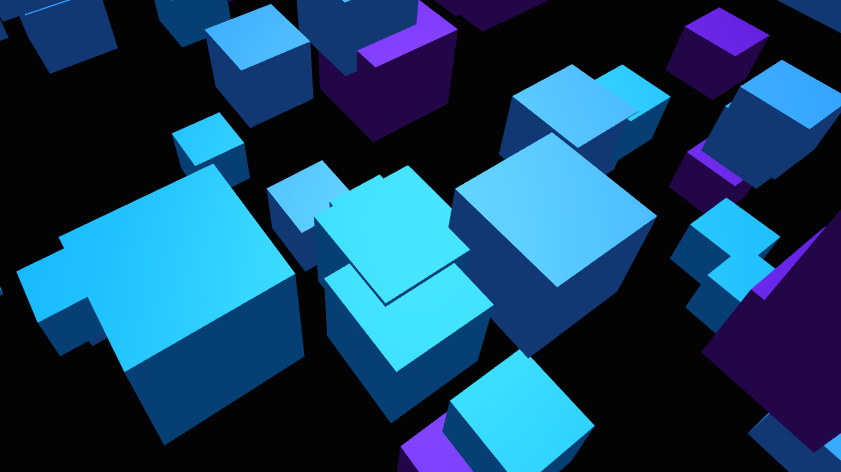Use Three.js with zero hassle.
Threestrap is a minimal, pluggable bootstrapper for Three.js that gets out of your way.
Add build/threestrap.js to your Three.js:
<script src="three.js"></script>
<script src="threestrap.js"></script>Get a threestrap context:
var three = THREE.Bootstrap();This will create a fullscreen Three.js WebGL canvas, initialize the scene and camera, and set up a rendering loop.
You can access the globals three.scene and three.camera, and bind events on the three context:
// Insert a cube
var mesh = new THREE.Mesh(new THREE.CubeGeometry(.5, .5, .5), new THREE.MeshNormalMaterial());
three.scene.add(mesh);
// Orbit the camera
three.addEventListener('update', function () {
var t = three.Time.now;
three.camera.position.set(Math.cos(t), .5, Math.sin(t));
three.camera.lookAt(new THREE.Vector3());
});Threestrap is made out of plugins that each do one thing. The basic set up of size, fill, loop, time, scene, camera, render gets you a fully functional canvas in the page.
Additional plug-ins can be added, or the default set can be overridden on a case by case basis.
The following global options are available with these defaults:
var three = THREE.Bootstrap({
init: true, // Initialize on creation
element: document.body, // Containing element
plugins: [ // Active plugins
'core', // Use all core plugins
],
klass: THREE.WebGLRenderer, // Renderer class
parameters: { // Parameters passed to Three.js renderer
depth: true,
stencil: true,
preserveDrawingBuffer: true,
antialias: true,
},
});When init is set to false, initialization only happens when manually calling three.init(). To destroy the widget, call three.destroy().
They can also make objects and methods available on the threestrap context, like three.Time.now or three.Loop.start().
- threestrap.js: Full build (but still requires three.js)
- threestrap-core.js: Core only, requires three.js + lodash
To enable a plug-in, include its name in the plugins field. Plugins are installed in the given order.
Plug-in specific options are grouped under the plug-in's name:
var three = THREE.Bootstrap({
plugins: ['size', 'loop', 'scene', 'camera', 'render'],
size: {
width: 1280,
height: 720,
},
camera: {
fov: 40,
},
});The following aliases are available:
empty=size,fill,loop,timecore=empty+scene,camera,render
Threestrap plugins broadcast events to each other, like resize or render.
Use .addEventListener, removeEventListener to track named events on the threestrap context:
three.addEventListener('update', function (event) {
// ...
});Steven Wittens - http://acko.net/
